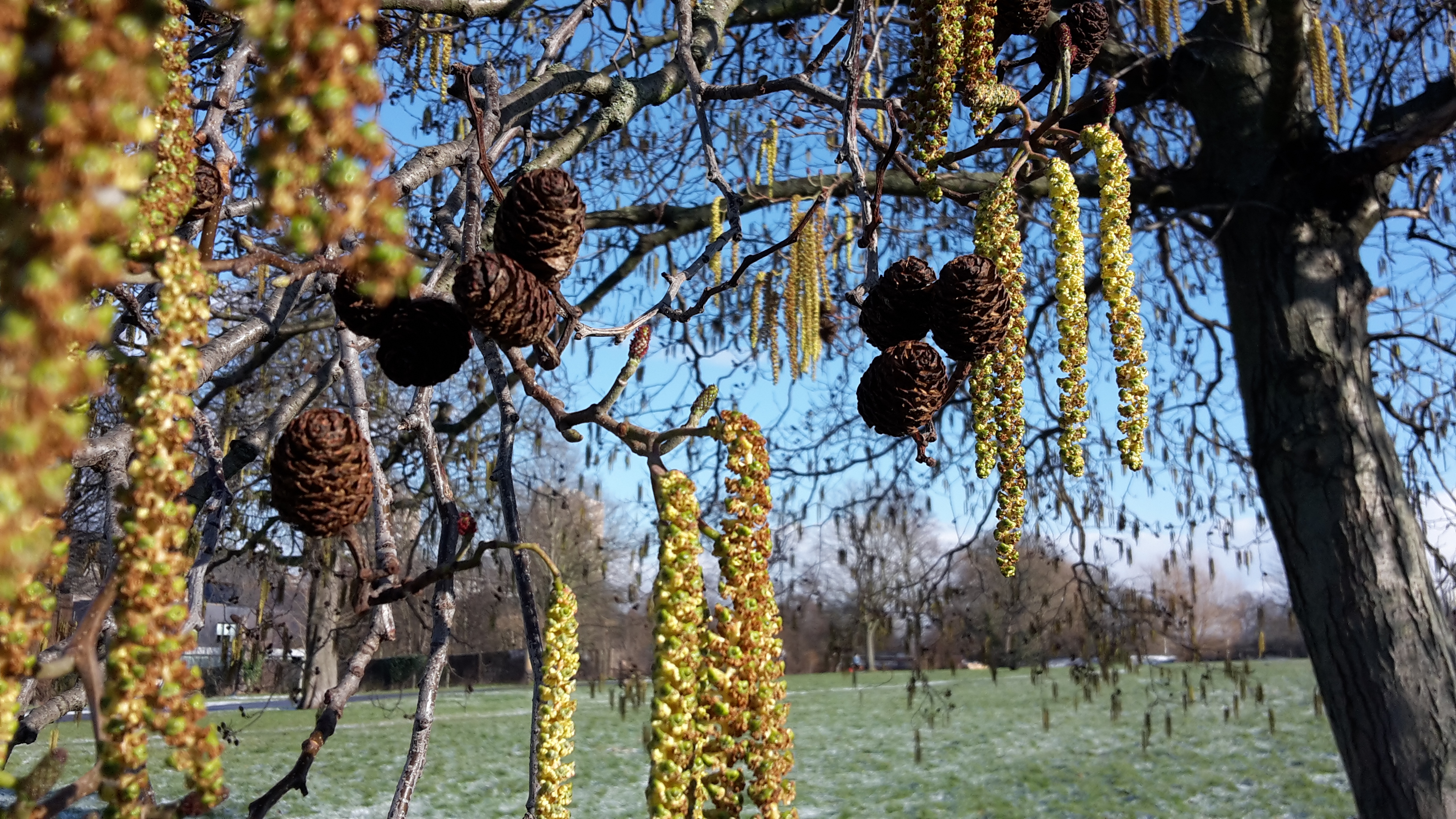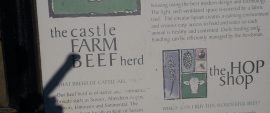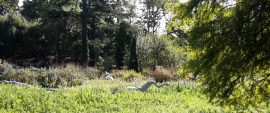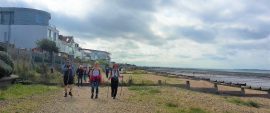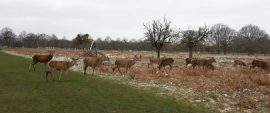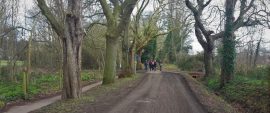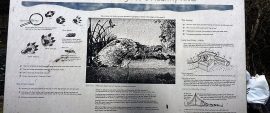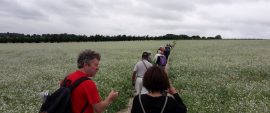Tree of the month: the Alder
Walking around the parks of London, we get to see trees in all seasons. Trees I might have walked by without thinking, suddenly grasp my interest. It might be that the winter sunshine catches the red of the berries, even more spectacular when the leaves are all gone. Sometimes the particularly white and softly haired leaves catch my eye in early spring. Making me wonder what that tree is that I never noticed before.
This week it was the Alder that caught my eye. In the bright sunshine on a snowy day, the golden catkins and dark brown cones of the Alder tree stood out against the blue sky. It could have been painted by van Gogh, but this was in my park, not in the museum. In summer I might not have noticed this tree, but on this particular moment, the beauty of this tree took my breath away.
So, curious as I am, I had to find some more information about the Alder and this is what I found: Alder is native to Britain. It is found throughout Europe and as far north as Siberia. Its Scientific name is Alnus glutinosa, and it is part of the Birch family of trees, also known as the Betulaceae.

As you can see from the picture, the tree has both male and female flowers, which it shows at the same time. Can you guess which are male and which are female? No? Me neither. The flowers are on the catkins, which appear between February and April. The male catkins are the yellow strings we would associate with catkins. The female catkins are the oval-shaped cones, which and are grouped in numbers of three to eight on each stalk. Once pollinated by the wind, the female catkins gradually become woody and appear as tiny, cone-like fruits in winter. They open up to release seeds, which are dispersed by the wind and rain.
A breath of fresh air
Alder is particularly noted for its important symbiotic relationship with a nitrogen-fixing bacterium called Frankia alni. This bacterium is found in the root nodules of the tree. The bacterium absorbs nitrogen from the air and makes it available to the tree. the Alder, in turn, provides the bacterium with sugars, which it produces through photosynthesis. As a result of this mutually beneficial relationship, alder improves the fertility of the soil where it grows, and as a pioneer species, it helps provide additional nitrogen for the successional species which follow.
And this is good for us humans too: Research of the common species found in the UK on their ability to absorb and eradicate air pollution, has shown Alder, Maple and Pine trees are some of the best trees to absorb air pollution, compared to trees like Aspen, Willow and Oak.
Reason enough to make this our our first tree of the month!
Find one (or two) near you
Can you tell me the location of one (or more) Alder’s in the park you usually walk with us? Please share below!
Leave a replyReset all fields
You must be logged in to post a comment.
